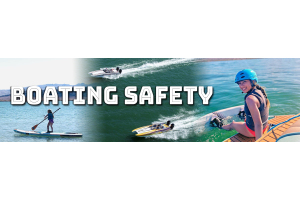Autopilots have come a long way in recent years. You have probably heard lots of new buzzwords and features that were unheard of not even ten years ago. The core functions of an autopilot are to hold a heading, and to follow a course line to a waypoint. They still do this, but oh so much more. As for holding a heading or a course, they are better at this than they have ever been. Mainly due to computer algorithms and the units always refining their own settings based on conditions. This all happens in the background and keeps the boat straighter in all conditions.
So what are all the latest improvements? We'll go through them one by one. First is their ability to auto-calibrate and auto-tune. In years past a technician really had to be a part of the calibration process adjusting the settings for optimal performance. Those days are long gone. Autopilots now auto-tune themselves. Sea trials are seldom more than doing a couple circles and cruising in a straight line for a couple of minutes. This a game changer, because now a DIY installer can perfectly calibrate a system with no prior knowledge.
Next is "Virtual Feedback". This has totally changed the way autopilots are installed on outboard boats. On older systems, a rudder reference unit was required to let the course computer know which way the engines or rudders were pointed. But now, through software and technology, the course computer can tell virtually where the engines are. The rudder feedback unit was always prone to failure, and always one of the harder components to install. While it is still advisable to use a rudder feedback sensor on inboard boats, on outboards it is no longer required. If you want to see rudder or engine position on the screen most systems still require a rudder feedback sensor.





